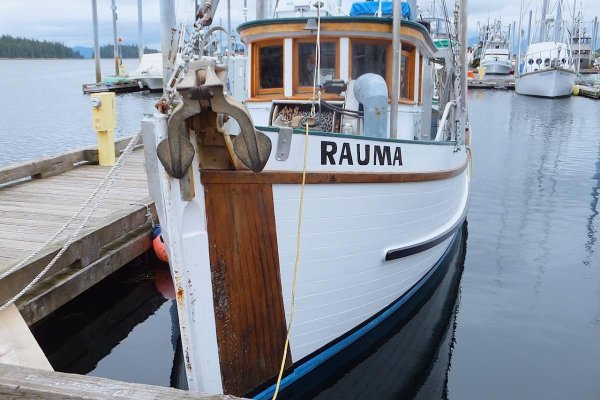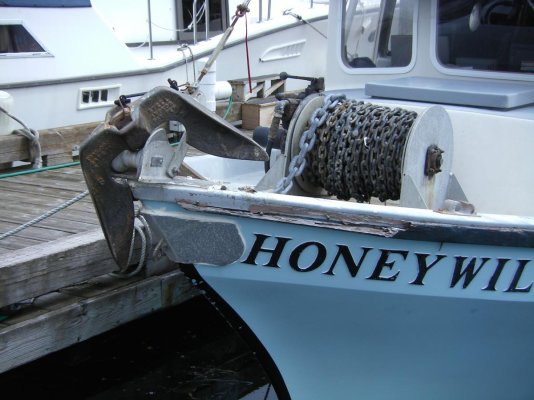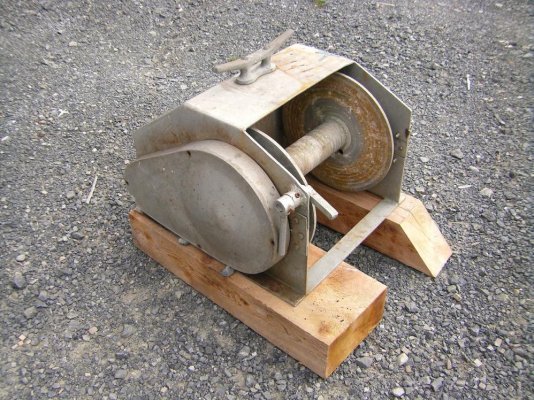MurrayM
Guru
Recently saw a 40' Willard with a hydraulic anchor drum winch that had an interesting rode combination which included 20' 1/2" chain, 130' 5/16" chain, 150' 3 strand nylon and 300' 3/8 Spectra cord for a 600' rode length.
Being able to anchor in 100' of water would be very handy where I live to stay a safe distance from estuary drying flats.
I've never heard of anyone using Spectra in their rode, with its smaller diameter, to gain more length on a drum windlass.
Is this normal/proven?
Being able to anchor in 100' of water would be very handy where I live to stay a safe distance from estuary drying flats.
I've never heard of anyone using Spectra in their rode, with its smaller diameter, to gain more length on a drum windlass.
Is this normal/proven?



